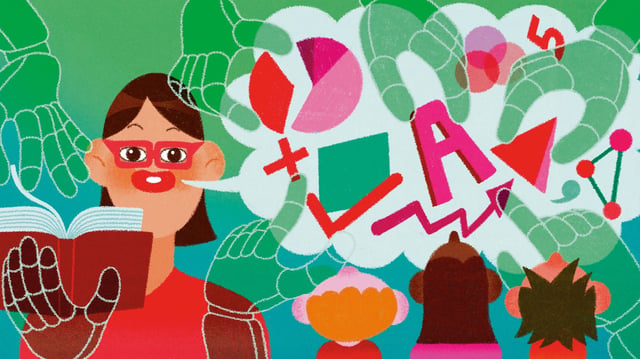Overview
- Teachers are embedding large language models to write quizzes, adapt texts by reading level, generate feedback and plan differentiated lessons, reporting significant time savings.
- To account for student use, educators are redesigning assessment by requiring process evidence and using version histories rather than relying on unreliable AI detectors.
- Governments and vendors are formalizing rollouts: Australia has a national framework, South Australia is piloting EdChat with Microsoft, the Productivity Commission urged a nationwide approach, and Microsoft, OpenAI and Anthropic are funding a $23 million training hub in New York.
- Teen engagement with AI companions is high—72% have used them—prompting APA experts to call for youth‑specific design, data privacy protections, limits on engagement‑maximizing features, and school‑based AI literacy.
- Reports of harmful interactions, ease of jailbreaking and exposure to sexual or self‑harm content have intensified demands for robust age verification and stronger guardrails, including after a report linked a teen’s suicide to a chatbot.



